If you’re a fiction writer looking to self-publish your first novel, this article is for you.
In researching how to self-publish Be Home By Dinner, I found many articles about different methods of each stage along the way. But I didn’t find articles that captured the full process from start to finish. There’s multiple avenues to go about the self-publishing process. This post explains the route I chose utilizing 7 unique tools.
Although many consider it less prestigious, there are benefits of self-publishing, including:
- Creative control
- Print on demand (kill less trees – no waste)
- Retain rights for adaptations
- Better royalties
- Longer shelf life
- Deadlines and schedules are yours to determine
- No agents needed (or months trying to find one)
1. Google Docs
If you have a GMAIL or other Google account, Google Docs provides a simple way to write wherever you have an internet connection. There’s also an offline mode as well. Google Docs continually saves as you write. Spelling and grammar checkers are included so you can see typos as they happen. (Of course, intent is not known by Google Docs or any software. This can cause headaches down the line, which I’ll explain.)

As your digital manuscript gets lengthy, there are chapter bookmarklet tools that add a Table Of Contents for hyperlinking to specific chapters. My novel was just over 87,000 words with 60 punchy short chapters, so this came in handy to hop around the book. This is also essential if you don’t write in chronological order.
Although Google Docs continually saved my progress, I saved copies of the document after each session. This may have been overkill, but provided insurance in case the master file that may get corrupted.
Google Docs Cost: Free
2. Google Sheets
I used Google Sheets to create a quick snapshot of each chapter via a spreadsheet. This included:
- Date Range
- Age Of Protagonist
- Chapter Number
- Chapter Title
- Characters Introduced
- Settings Introduced
- Chapter Highlights / Synopsis
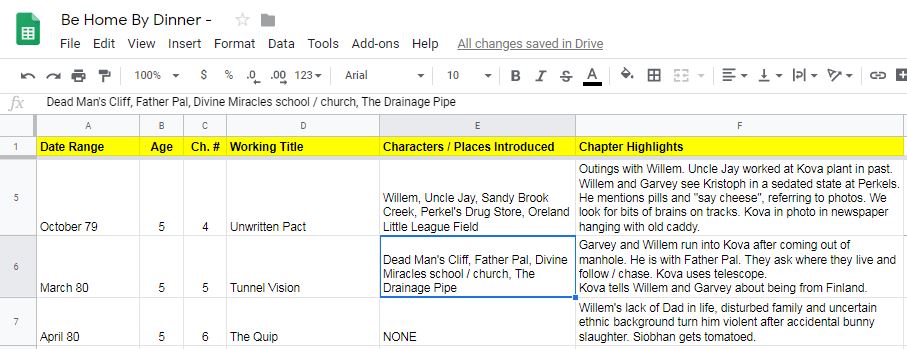
I also color coded the backgrounds to emphasize which chapter non-adjacent chapters were connected. As my story took place over a 15-year period, this spreadsheet was essential to piece the novel together and view the entirety of it at a singular glance. It served as a personal CliffsNotes.
Google Sheets Cost: Free
3. Pro Writing Aid
After the final draft was complete, I imported the manuscript into Pro Writing Aid. This tool identifies issues and recommendations for:
- Spelling
- Grammar
- Diction
- Accidental Homonyms
- Overused Phrases
- Cliche Use
- Sticky Sentences (that may slow down a reader)
- Overused Pronouns (which create a boring read)
- Alliteration Verification
- Echoes (phrases used in close proximity)
- Pacing (identify slower readability)
- Sentence Length Gauge (pointing out if they are varied or not)
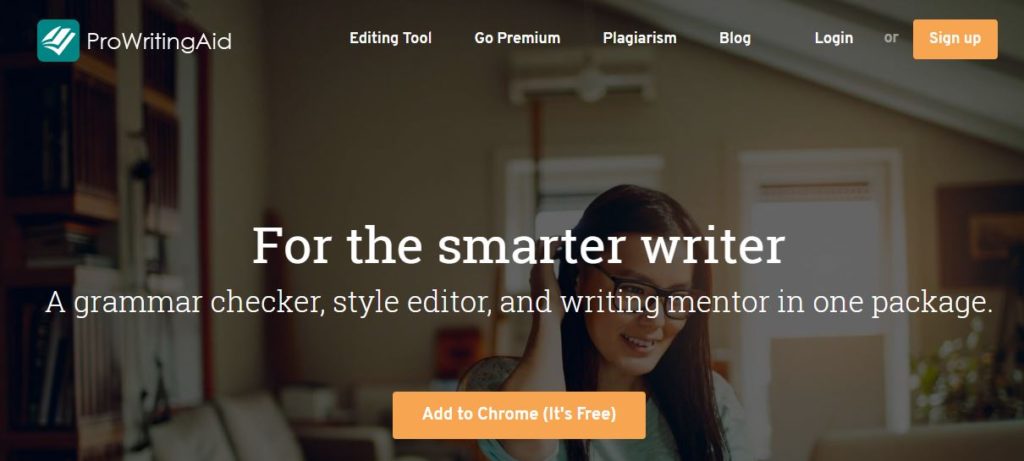
Any of the above are flagged by unique colors over the text and can be altered immediately. Or, the recommendation can be denied and never appear again.
Pro Writing Aid offers a Google Chrome plugin to add to your Google Doc, but I preferred using the native application.
The one thing that it doesn’t sniff for is context. The first printed edition of Be Home By Dinner had 14 overlooked errors. For example, “cell phone” was stated where “cellophane” was supposed to be. As And this was in a chapter that took place before cell phones were prevalent. (My apologies for anyone that purchased this edition.) But this is the great thing about the print-on-demand service that Amazon offers. I uploaded the new file within an hour and new shipments had the corrected version within a day.
You may chose to bypass using Pro Writing Aid or other similar software, but it offers a wealth of insight into your writing habits and allows for quick adjustments.
Pro Writing Aid Cost: $60 for a full year
4. Photoshop
If you have experience with Photoshop, Illustrator, Canva, Gimp (which is free) or any other graphic design software, you can create your own ebook and paperback cover. One ebook cover is all that you need for all digital channels.
For the paperback print cover, Amazon provides extensive guidelines and templates for the back and front covers. Based on the page length, the spine size is revealed via a calculator.
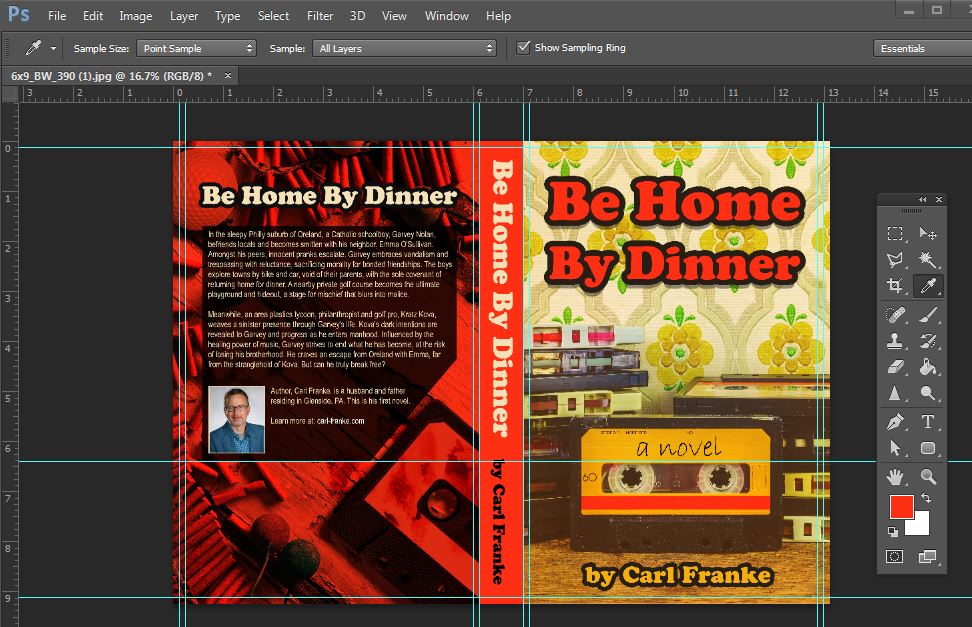
If you don’t have graphic design skills, you can outsource your cover design to a wealth of designers on Fiverr.com. Rates start at $10.
Photoshop Cost: $20.99 / month
5. Pressbooks
Once you’ve nailed down your final draft, the next step is to find a layout software to that will export your book into the required file types:
- PDF (for Amazon Paperback)
- EPUB (Barnes & Noble NOOK, Apple Books, Google Play Books, Kobo etc.)
- MOBI (Amazon Kindle)
Layout options for your book include:
- 20 unique themes for chapter fonts, body fonts, author page, chapter listing, front matter, back matter, each with particular look and feel.
I went with the “Leonard “ theme. The bold chapter title typewriter style font was ideal for suspense novel and the drop cap at each chapter’s beginning was a nice touch.
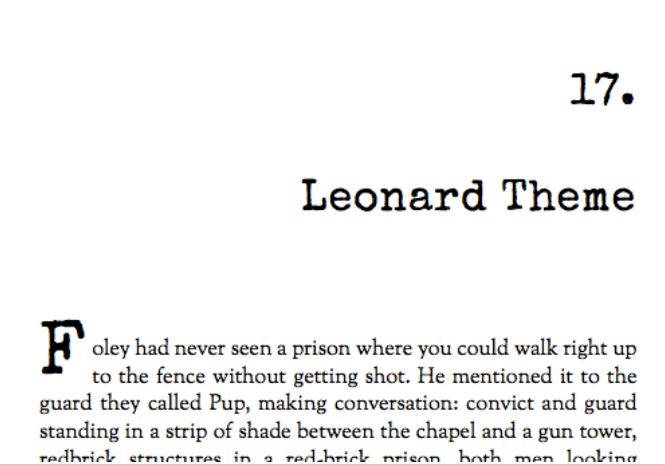
If you’ve ever used WordPress for managing web site content, Pressbooks may be the best option, as it’s built with WordPress.
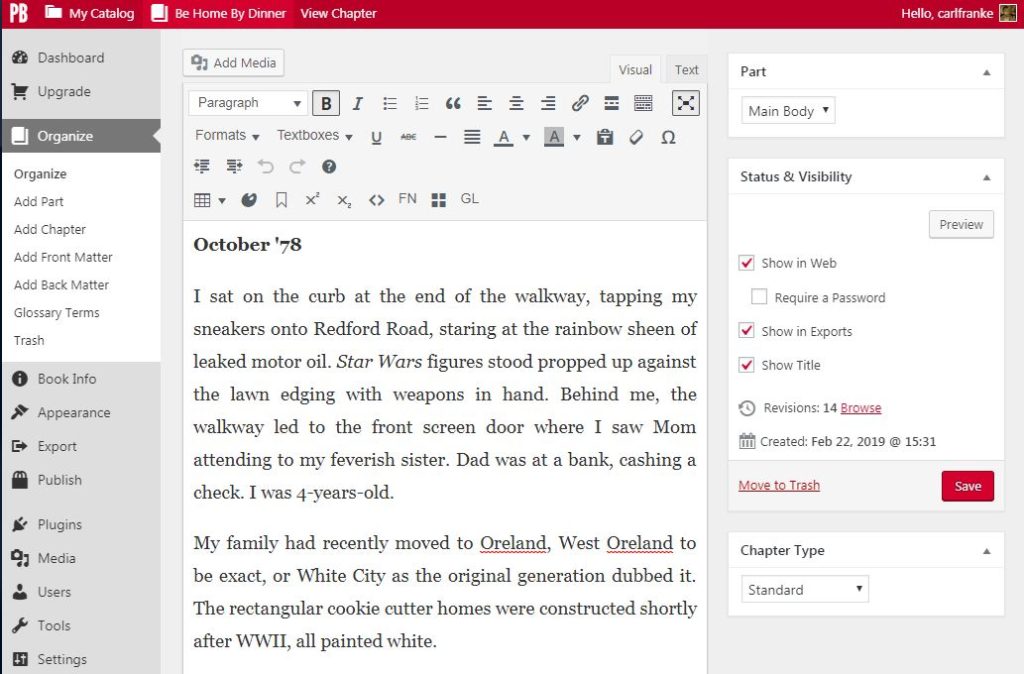
Pressbooks allows you to add the META information about your book into the EPUB and MOBI files. This info includes copyright information, book genre, book categories, ISBN (if you already bought one), taglines and descriptions, keywords to aid with search, and more.
Pressbooks Cost: $99 per book (if you want paperback and ebook)
6. Draft2Digital
To distribute your book to all ebook outlets outside of Amazon, such as Barnes & Noble NOOK Books, Apple Books, Google Play Books, Kobo and several others that you likely never heard of, you’ll need to choose an online ebook distributor.
I went with Draft2Digital because of its simplistic setup, easy dashboard and royalties payment method and free ISBN (International Standard Book Number) number. These digits are unique to your book and used as a commercial identifier and are typically around $125.00.

Even though I marketed the option of buying my book on these non-Amazon channels, only about 1% of sales came from these offerings after 90 days. The print version on Amazon and the Kindle were dominant, but this isn’t the case for everyone.
They provide other services as well: Author Pages, Universal Book Links (with direct links to all channels of purchase), buttons for you website and more.
Draft2Digital Setup Cost: Free
Draft2Digital Royalties
- Authors earn 85% of ebook price.
7. Amazon KDP (Kindle Direct Publishing)
The evil and tax evading Amazon.com is the essential online store for self publishers. According to Bloomberg.com, Amazon captures 88.9% of ebook sales and 41% of the physical books market.
As with Draft2Digital.com, you get a free ISBN when you publish your book through Amazon. Amazon also had their unique number called ASIN.
There’s an option to join KDP Select which allows for a few unique perks:
- 5 days of free Kindle downloads (good for exposure and gaining quick readership)
- Kindle Countdown Deals (good for creating exclusive limited time offers)
- Kindle Unlimited program – This is like a Netflix for Kindle books and allows subscribers to read as many books as they want. Authors are paid on a per page basis.
Amazon KDP Setup Cost: Free
Ebook Royalties
- Books priced from $2.99 to $9.99, authors get 70%.
- For books priced outside of the above range, authors get 35%.
Paperback Royalties
- You get 60% minus the cost of print production. My 6″ x 9″ book of 346 pages with matte finish was $4.99 each to produce.
Questions?
If you have any questions about the above, feel free to contact me or leave a comment below. I tried to keep this as succinct as possible.
